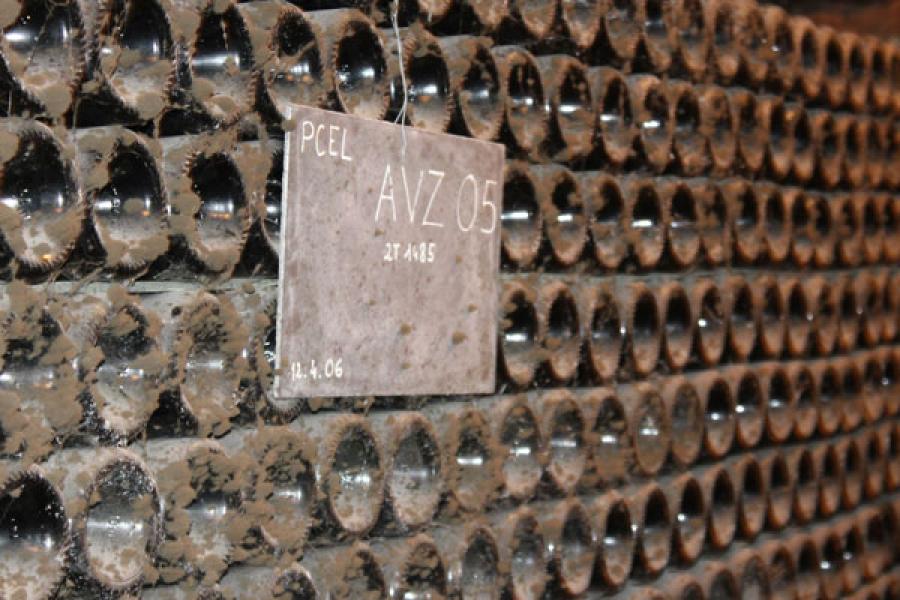Pressing Matter, How Many Grapes Make a Bottle of Wine?

-
It’s the time of year when in Europe at least, the harvest is just about done. The grapes are ripened and the wine-makers and growers alike start to work out how much wine they can make, which markets it will go to, and also if it will be a great vintage. That said, a question that I have pondered for sometime, and in fact am quite often asked, is how many grapes make a bottle of wine.
As ever this is not an easy question to answer. On researching this topic I have read quite a few books and have spoken to a couple of winemaker friends to find an answer. I dare say even the accountants will struggle with a formula to answer this question!
Quality Over Quantity
These days, modern wine-making techniques as will as technology in the vineyard play an increasingly important role. In some regions density in planting of the vines will mean you will produce large amounts of grapes. However, over planting a vineyard with vigorous vines will mean that the soil nutrients will be eaten up and ultimately the vine will produce fruit that is flat an uninviting.
Some regions, such as Champagne and Chablis, will restrict the grower to how many vines per hectare they are allowed to plant. Other regions, where quantity is the key (perhaps for the production of industrial alcohol) no restrictions are in place.
It All Starts In The Vineyard
All good growers and wine-makers will always spend more time with the fruit than actually making the wine. I have heard it said that some spend 80% of the time in the vineyards. This means that they are in touch with the vintage and will get a feel of the desired parameter which they will have to work to once the grapes come in.
The questions is also not universal to all grapes. Different grapes naturally have different yields, some are juicier than others, these grapes will tend to have higher yields. Other grapes will have higher tannin or acidity characteristics.
Then the vintage comes into play. In Europe we are seeing hotter and hotter vintages. This means there is less liquid content in the grape. This can also create problems in production with the wine becoming too alcoholic (referred to as ‘hot’), acidic, or too tannic. Also, if it rains just before harvest the grapes can become too watery and lose the characteristics the wine maker needs to create their styles of wine.
Free-Run vs Pressed Juice
You may have heard the term free-run juice, this is basically the best of the run, obtained without the need to press the grapes. Often grapes are left like this for a number of hours and this high quality juice is used to make the wine.
Generally, the grapes will go through two perhaps three pressings with the fruit being set aside to make the wines of the appropriate quality. The final pressings are often fermented and left for distillation to make the local or house spirit, sometimes referred to as Marc which is quite often best left untouched!
An Impossible Question to Answer
The more I read around this topic, the harder it is to find an answer to the question posed at the outset of this article. But I have come up with a formula that seems to concur with other people’s research.
Regardless of whether it is white, red or rose wine that you wish to make, an average yield of juice from grapes is about 70%. This means that from 10kg of grapes you will get around 7 litres of wine – on that basis, a kilogram of grapes will get you a bottle of grape juice – that’s about 200 grapes. However, the fermentation process reduces the yield again, with somewhere between 1/4 to 1/3 of the liquid left once it has become wine. This means that the final figure is probably about 600-800 grapes per bottle of wine. I think!?!
What about dessert wines? Well this is a completely different formula which I will leave to another day.
